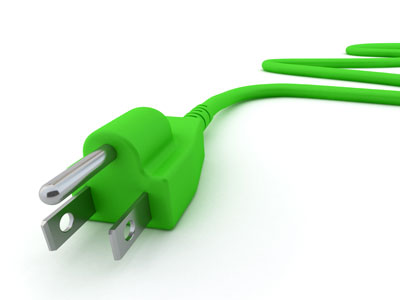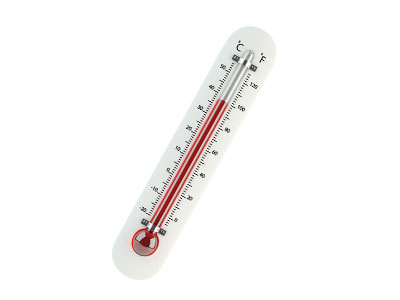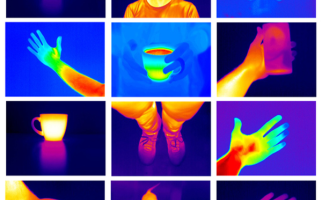
What is Ocean Warming and Why Does It Matter?
STEM Explained
Oceans absorb the greatest amount of solar radiation on Earth. Ocean warming can lead to glaciers melting and ocean acidification.
What is Sound and How do we Hear it?
Backgrounders
Learn how sound travels in waves and how it is measured in this backgrounder.

What is white light?
Hands-on Activities
Find out what happens if you spin the colours of the rainbow in this hands-on activity.

What is your weight on another planet?
Hands-on Activities
Do you weigh the same on Jupiter as you do on Earth? Learn to calculate your weight on a different planet.

What uses electricity?
Hands-on Activities
Take a tour of different rooms in your home. Which items in each room use electricity? How do you know they use electricity?

What's in a Rainbow?
STEM Explained
Rainbows are beautiful examples of optics in nature. We see them thanks to the reflection and refraction of visible light and water.

Which materials bounce?
Hands-on Activities
Balls go up and down. But what makes for a good ball? Find out by exploring which materials bounce.

What are the Different Types of Radiation?
Backgrounders
Learn about the different types of radiation, how they interact with atoms and how they can affect you.

What are the Pros and Cons of Nuclear Energy?
STEM Explained
These two “point-counterpoint” videos provide arguments for and against using nuclear energy to generate electricity.

What causes ocean currents?
Hands-on Activities
Create a model of ocean currents and learn how currents are formed.

What do magnets do?
Hands-on Activities
Have fun discovering what magnets can pick up in this hands on activity.

What If You Could Charge Your Phone Using Radio Waves?
STEM Explained
Could we use radio waves to charge electrical technologies in the future?

What is an exothermic reaction?
Hands-on Activities
Things are heating up! Explore the temperature change that occurs in an exothermic reaction and the role of catalysts is this chemistry activity.

Thermopower and the Body Heat-Powered Flashlight
STEM Explained
Can your body be a source of electricity generation? Maybe, if you understand heat transfer. Explore this concept through a 2013 invention by a Canadian teen.

Understanding Electricity Supply and Demand
Backgrounders
Electricity demand changes constantly. Suppliers need to generate more electrical energy when demand is high, and less when demand is low.